Merino Wool a Naturally Circular Fibre - Circular Economy
"In nature, there is no waste. Waste is, essentially, a design flaw. The circular economy removes the traditional take-make-dispose model of the linear economy, replacing it with a more sustainable model, eliminating waste and the continual use of resources" . The Woolmark Company
Merino Country has been in business for nearly 30 years and from day one we have always been a part of the the Circular Economy creating 100% Merino products that have a long wearable life and are biodegradable at the end of their wearable life whilst recycling all our offcuts, fabric & thread cores, packaging. As practical farming people we've always used what we've had to hand re-using and repurposing whilst minimising our waste and so much more.

A bag of Merino Country wool offcuts ready to be picked up for repurposing into mattress filling
Today we see a big push towards slow fashion and environmental practices in the fashion industry. More and more consumers are making more environmental conscious decisions when choosing underwear and clothing as we have become more aware of the detrimental impact our fashion choices make to the environment.
According to the The ABC’s War on Waste, 6000kg of clothing and textiles go to landfill every 10 minutes in Australia! Of this volume "two-thirds of new clothing is made of synthetic fibres, which are derived from petroleum", Jane Milburn, slow fashion activist and author writes. These synthetic fibre clothes are known as linear textile production. This means at the end of their life they will end up in landfill and rather than decompose into the earth by biodegrading they will break down into microplastics.
Merino a Renewable Resource

Merino is a renewable resource. Every year sheep grow a new fleece that is then shorn during shearing season and then left to grow for another year. A sheep's diet consists of grass and this is where they get all of the nutrients that make up the proteins, minerals and lipids in wool fibres - much like our own hair. Organic carbon makes up 50% of the weight of wool!1
At the end of a wool product's life the wool can be returned to the earth where it will decompose - putting back and releasing nutrients and carbon back into the earth.
Merino the Circular Model

So what is a circular model and circular economy? Some people may say it is something new or an evolution of the way we produce and consume things but the truth is "circular models" were once the way of life. Circular models are going back to the principles of designing out waste and making sure a product is kept in circulation as long as possible to divert it away from landfill. It is about responsible manufacturing and using renewable resources as well as reducing emissions.

Some of the participants at Jane Milburn's repurposing wool offcuts workshop hosted by Merino Country where they created new products, diverting waste from landfill.
Making Merino and other wool products fits well into this circular model. According to AWI’s Beyond the Bale, "wool has a unique set of 'circular' features. Some of these features are:
- Merino is renewable
- Wool is durable and can last a long time with correct care
- Wool can be repaired
- Wool is easy care and requires less washing which means it uses less resources to care for
- After wool's life use it can be recycled such as we recycle offcuts at Merino Country to make new products or it can be turned to pulp for mattresses
- Wool products can be recycled and respun to make new yarns
- Wool is biodegradable and will return to the earth putting nutrients back into it
If you're looking for a way to tread lighter on the earth then Merino and wool is a great fibre to add to your wardrobe.
Resources:
https://www.woolmark.com/environment/
https://www.woolmark.com/environment/how-to-shop-circular-with-wool/
https://www.csiro.au/en/research/environmental-impacts/sustainability/circular-economy
https://www.woolmark.com/industry/sustainability/circularity/
http://www.woolindustries.org/Green%20Wool%20Facts.pdf
Wool Circular Model Diagram redrawn from:
https://www.wool.com/about-awi/media-resources/news/circularity/


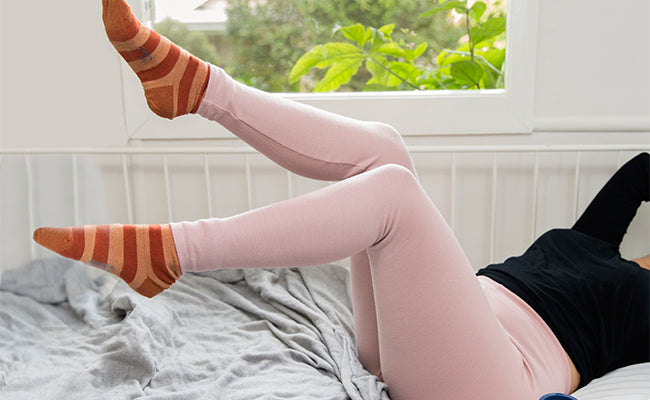
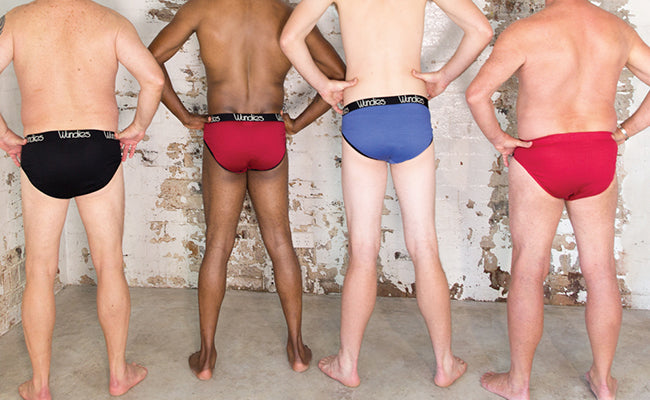
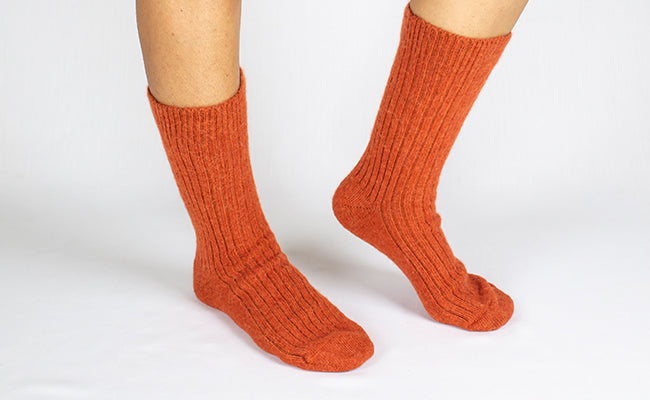
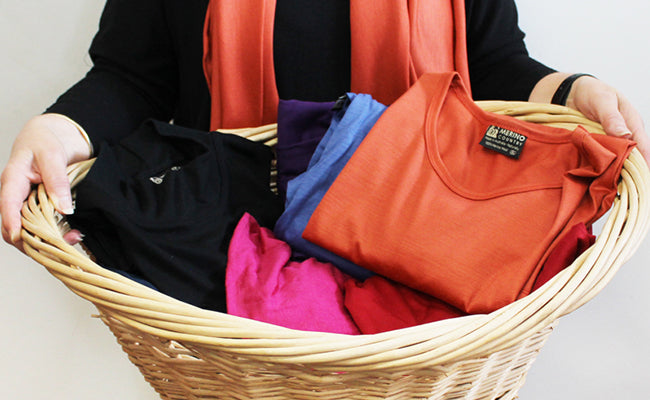
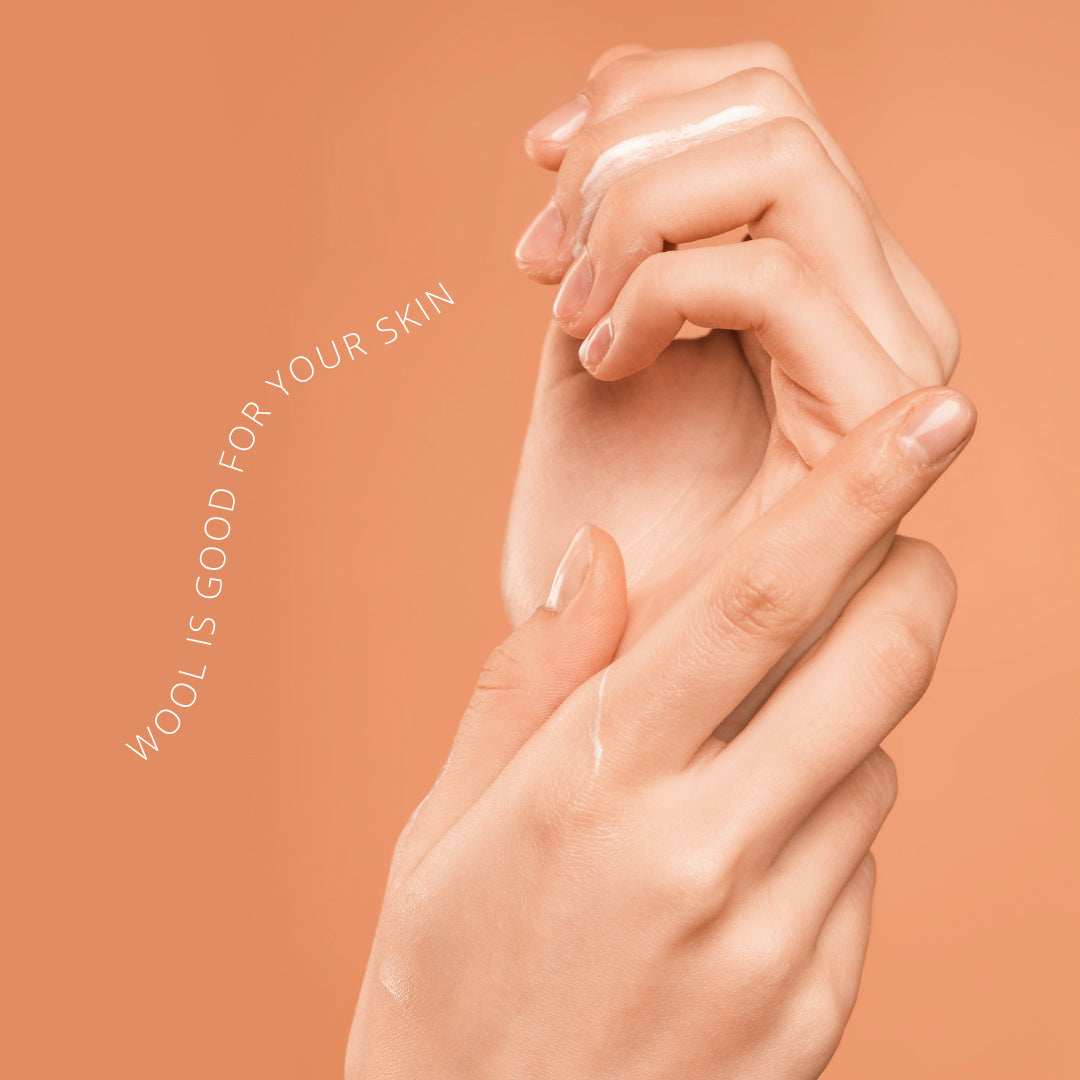
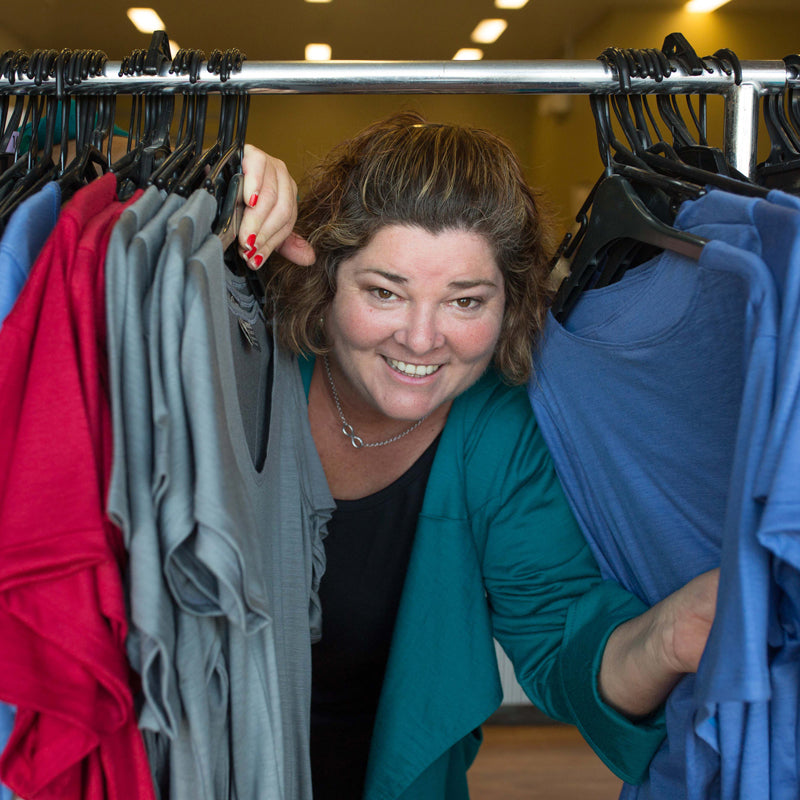
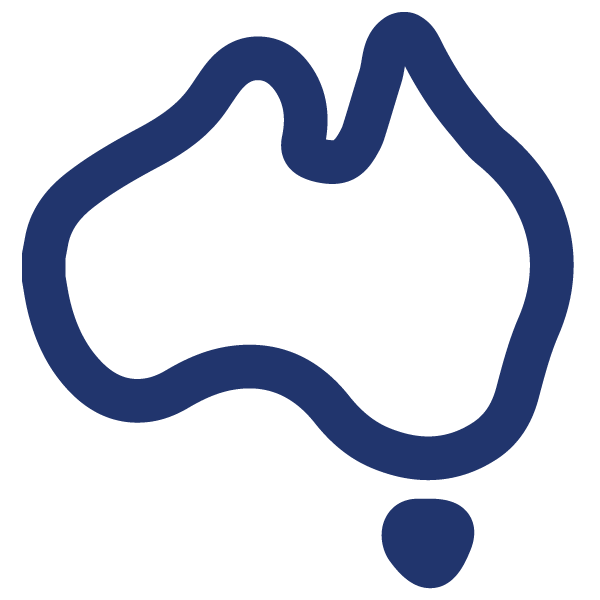
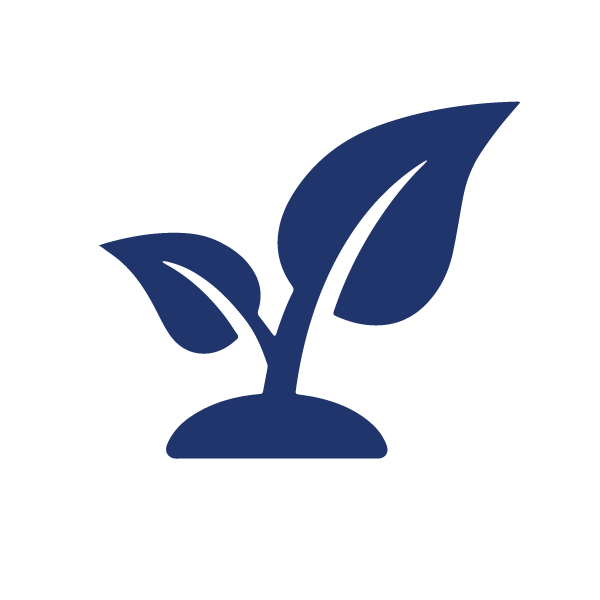

Leave a comment
This site is protected by hCaptcha and the hCaptcha Privacy Policy and Terms of Service apply.